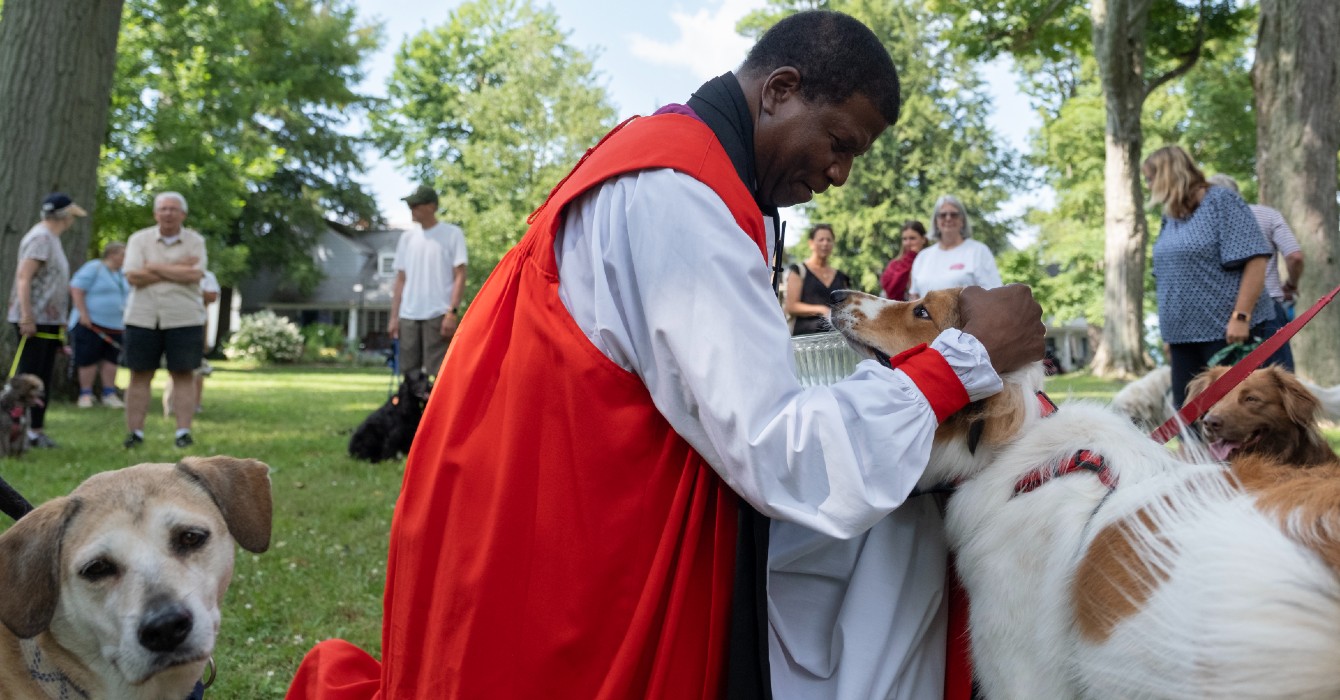‘Tis the season for great amounts of waiting. Creation waits for spring to come in full display with hints of hope for warmth and sunshine peppered with brutal days of gloom and ice. In the church, we wait for Resurrection, for Easter, for the Hallelujah chorus. Graduating students await acceptance letters into the next phase of their educational journey or call-backs for interviews. Pastors and congregations wait for new appointments, new calls and new ministry leaders. The rest of us wait for the slower pace of summer, the barbeques and, of course, the ice cream.
When we become weary in our waiting, we often quote the scriptures from Isaiah and the Psalms: those that wait on the Lord will be strengthened. But how exactly does a person wait on the Lord? Surely it is more than twiddling thumbs, reading outdated magazines and playing Candy Crush on the phone.
Waiting is a practice of patience, expectancy and hope. Waiting is getting up in the morning, putting on the coffee and going about the day’s tasks. Waiting is taking care of ourselves and the work we have in front of us as a means of preparing for the future. But waiting isn’t mindlessly complacent. Waiting expects change and inches toward it in thoughtful steps. Waiting is doing what is asked of us and hoping for what’s ahead.
Waiting’s nemesis, impatience, is the failure to be present in the moment. It is complaining in the desert and forcing water to come from rocks without God’s blessing.
Impatience is taking an ill-suited job or hiring an employee who isn’t quite the right fit. Impatience surfaces our unhealthy coping mechanisms. Bitterness and anxiety dominate our thinking patterns and rob us of our contentment and joy. Impatience isn’t practiced; it’s the lack of practicing waiting. It wreaks havoc on our families, our congregations and institutions, and our communities.
When we tell the people in our lives, ourselves included, to “wait on the Lord,” we cannot simply offer these words to placate impatience. Rather, we must embody the activity and reflective passivity of waiting. We must implement ways for us to continue to live in our present moment and ways for us to attend to the things we hope will come.
When a church or Christian institution anticipates a major leadership change, what are the practices that ground the staff in the midst of transition and its confusion? Perhaps it is a regular prayer meeting to name the emotional and spiritual turmoil that accompanies the changes. Perhaps it is shared weekly meal with no explicit purpose other than maintaining connection and friendship. It may be fostering a process for staff members to regularly affirm one another in their areas of ministry and giftedness and encouraging small steps forward.
For the congregation and the people served by the organization, possibilities include meals and town hall meetings and prayer. Sometimes, it’s the importance of creating conversation spaces to name goals, discover agency, and imagine pathways. These practices reduce anxiety, calm worries, and promote communication about the transitions.
As we wait, we don’t stop living. Though we continue our lives seemingly just as before, it is the attention on what is to come that transforms our mundane tasks from impatient drudgery into hopeful practices of waiting.








